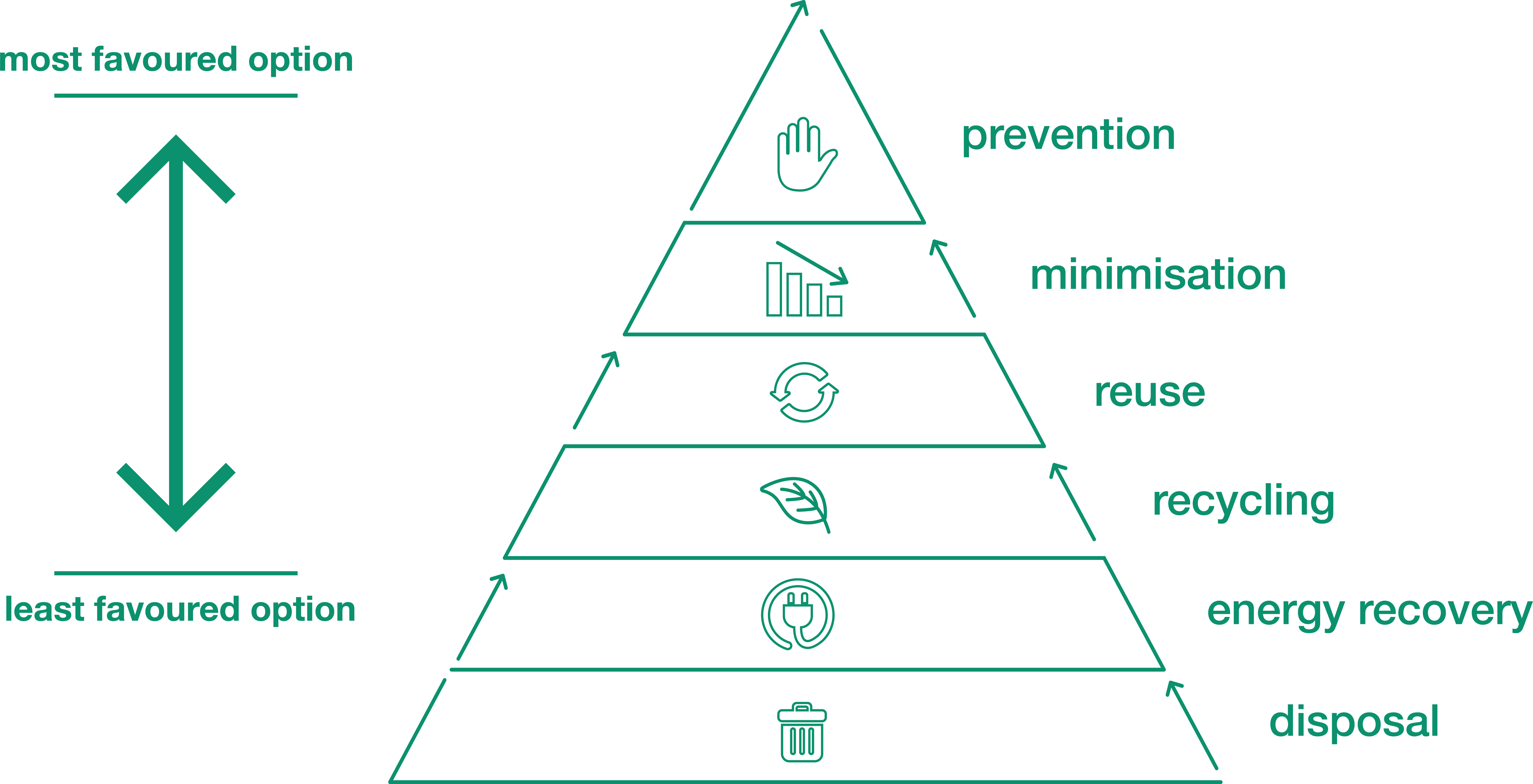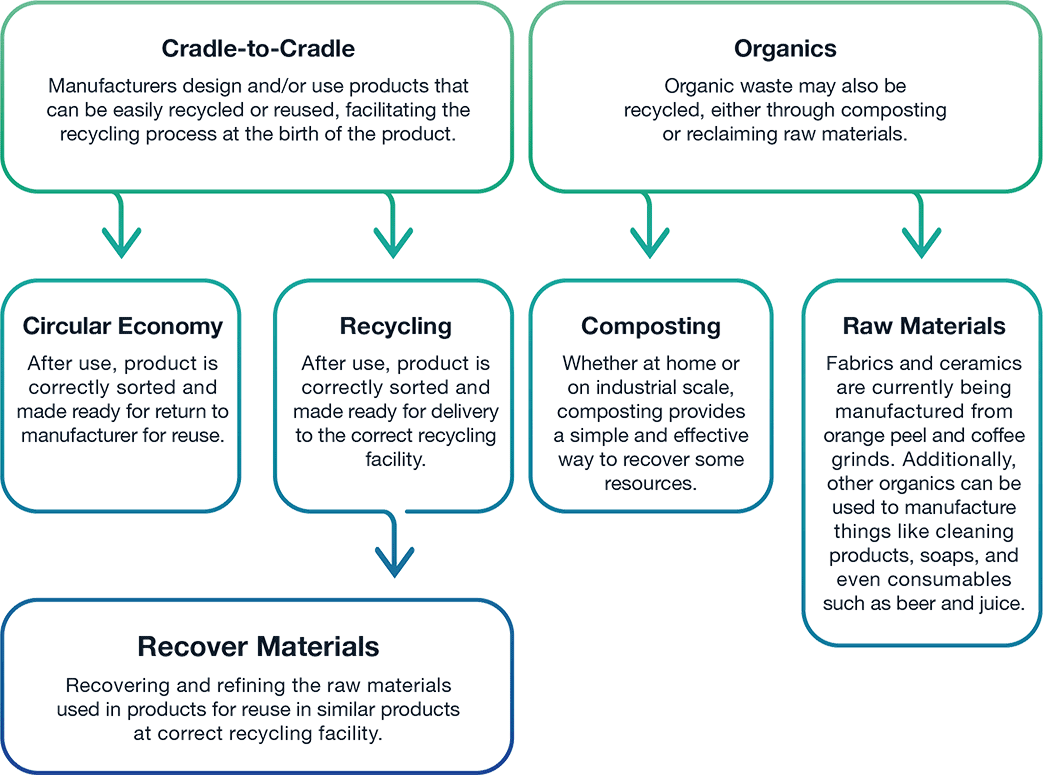Across the globe our trash is piling up all around us, and despite nascent sustainability movements calling for greater responsibility at all levels of society, the amount of waste we generate as a species is increasing year on year. By 2050, it is estimated that waste generation will grow from around 2.01 billion tons to a staggering 3.40 billion tons annually.
The scale of the problem cannot be underestimated, and no corner of the earth is left unaffected. From your local dump to the Great Pacific Garbage Patch, from the urban jungle to the most remote wilderness, cities and ecosystems alike are straining under the sheer weight of the waste we create, and the challenges we face today are likely to be compounded tomorrow as populations grow and urban centers expand.
Additionally, the mismanagement of waste is a real issue on both an individual and governmental level. Currently, the waste management industry is both nebulous and struggling to adapt itself to a global consumerism, a system that manufactures products on one continent, purchases and uses them on another, and disposes of them on yet another. It is clear, then, that a movement towards homogenous waste management practices is not only desired but absolutely essential.


